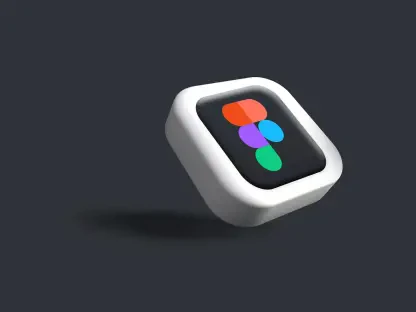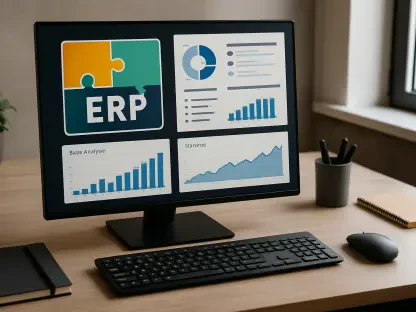The embedded systems sector is experiencing significant innovation, especially with the advent of standardized platforms that simplify the design workflow. Central to this shift is the mikroBUS standard from MIKROE, which is revolutionizing embedded development by enhancing efficiency and compatibility. mikroBUS serves as a standardized socket that allows a plug-and-play interface for a vast array of add-on boards known as Click boards™. These boards enable developers to easily add different functions such as sensors and connectivity modules. This system offers a highly modular and scalable solution that simplifies component integration, cutting down on both time and complexity inherent in development processes. The result is a more streamlined, accessible way for developers to create and innovate within the embedded systems space. This evolution plays a pivotal role in advancing the capabilities and speed of modern embedded system development.
Revolutionizing Prototyping
One of the most profound impacts of the mikroBUS standard is its contribution to reducing the prototyping phase. Traditionally, engineers would spend considerable time designing custom circuits to integrate different modules into their prototypes. With mikroBUS, this cycle is drastically cut down. Developers now have access to over 500 development boards accommodating the mikroBUS socket, enabling them to plug in a wide array of Click boards™ with ease. This not only saves precious developmental efforts but also allows for swift testing and iteration, accelerating the path from concept to finished product. Moreover, since the mikroBUS standard specifies the position and pinout of the socket, any Click board™ can be swapped without altering the underlying hardware, a remarkable boon for rapid prototyping and experimentation.
Broad Industry Adoption
The widespread industry acceptance of the mikroBUS standard illuminates its significance and potential within embedded development. Major semiconductor manufacturers, including NXP, Microchip, and others, have incorporated mikroBUS sockets into their development platforms, fostering a conducive ecosystem for innovation. This cross-brand compatibility implies that a developer using an NXP board can effortlessly utilize a sensor Click board™ designed for a Microchip platform, and vice versa. Such interoperability is not just a convenience; it’s a strategic advantage in an industry where time-to-market is critical. Furthermore, the universal nature of mikroBUS bridges the gap between various platforms, simplifying the learning curve for new developers and contributing to a larger, more cohesive community of embedded professionals who can share knowledge and collaborate more effectively.









